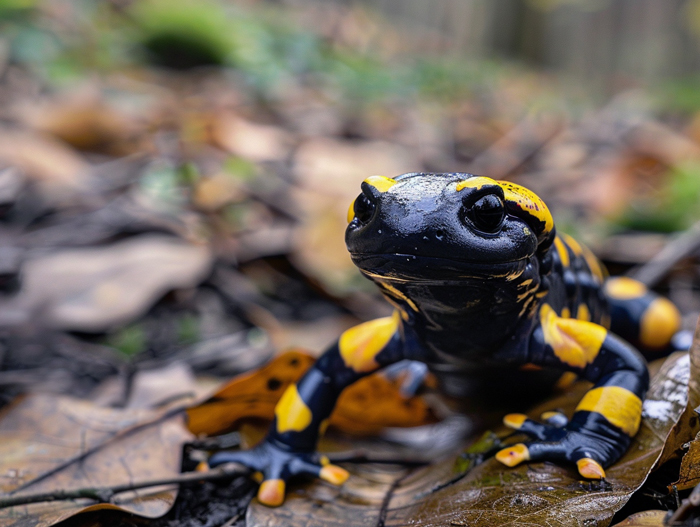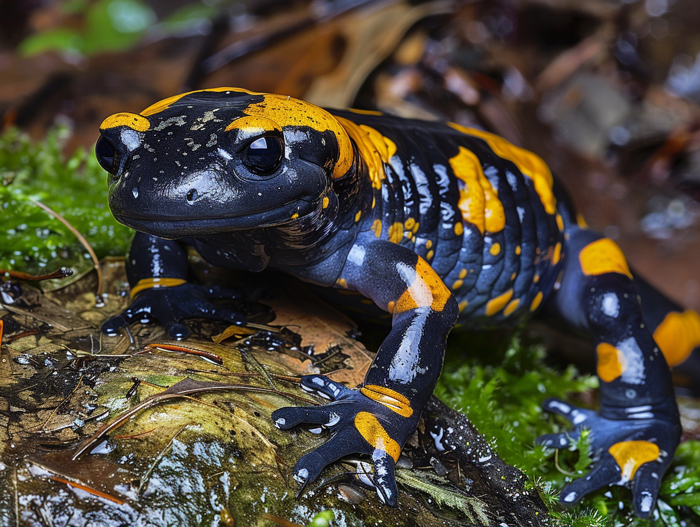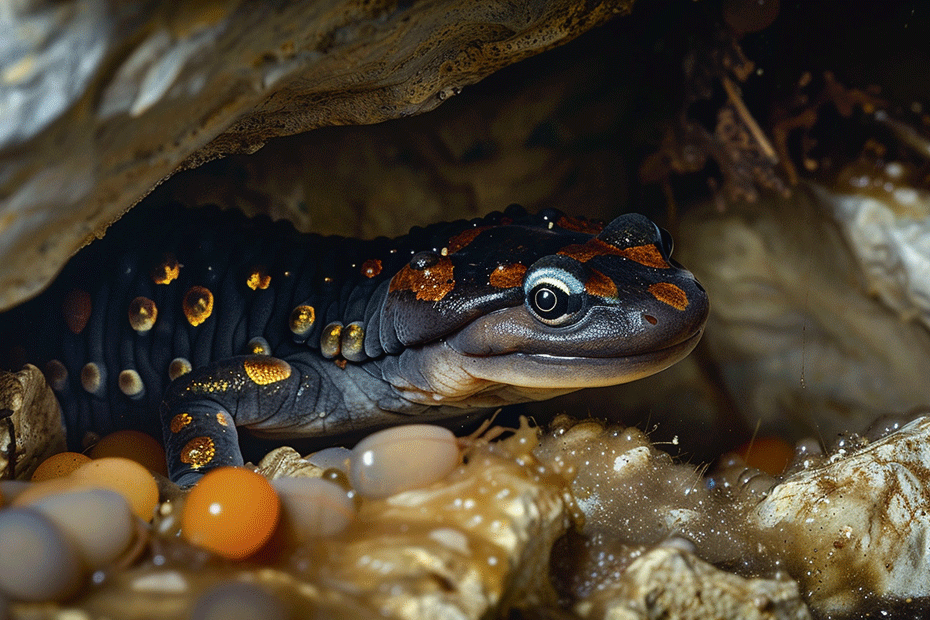Are you curious about what salamander eggs look like? If you’ve ever stumbled upon a cluster of gelatinous orbs in a pond or stream, you might have encountered these fascinating amphibian eggs. Salamanders, known for their unique life cycle, lay eggs in various habitats, each with its own distinct appearance.
Salamander eggs can vary in size, shape, and color depending on the species. Some species lay their eggs in large clusters, resembling a bunch of grapes, while others deposit their eggs individually. These eggs can range from translucent to opaque, with some even having visible embryos inside. Understanding the characteristics of salamander eggs can provide valuable insights into the reproductive strategies of these elusive creatures.
Key Takeaways
- Salamander eggs exhibit a variety of sizes, shapes, colors, and arrangements depending on the species, offering valuable insights into the reproductive strategies of these amphibians.
- The appearance of salamander eggs can range from being as small as a grain of rice to as large as a marble, with colors varying from white to brown to green, providing camouflage and protection in their natural habitats.
- Some salamanders lay their eggs in clusters resembling grapes, while others deposit them individually in hidden spots to protect them from predators, showcasing diverse clutch arrangements.
- Salamander eggs can be translucent, allowing you to observe developing embryos, or opaque, concealing their inner contents, with different visibility levels of embryos providing glimpses into early development stages.
- Seeking salamander eggs in moist environments like wetlands, ponds, streams, and lake margins during early spring or late fall can offer a fascinating exploration of these unique creations in nature.
- Understanding the significance of salamander eggs in supporting biodiversity, serving as indicator species for ecosystem health, aiding in nutrient cycling, and providing research insights is crucial for conservation efforts and ecological balance.
Overview of Salamander Eggs

Have you ever wondered what salamander eggs look like? Understanding the appearance of these unique eggs can provide valuable insights into the world of salamanders and their reproductive strategies. Here’s an overview to help you visualize salamander eggs:
- Size: Salamander eggs come in various sizes depending on the species. Some are as small as a grain of rice, while others can be as large as a marble.
- Shape: The shape of salamander eggs can vary from species to species. They can be round, oval, or even elongated, resembling tiny jelly capsules.
- Color: Salamander eggs exhibit a range of colors, from white to brown to green. The color often blends in with the environment where the eggs are laid, providing camouflage and protection.
- Clutch arrangement: Some salamanders lay their eggs in clusters, forming grape-like structures, while others deposit them individually in hidden spots to safeguard them from predators.
- Translucency: The transparency of salamander eggs also differs. Some eggs are translucent, allowing you to see the developing embryo inside, while others are opaque, concealing the inner contents.
- Embryo visibility: In certain cases, you might observe the embryo developing within the egg, giving you a glimpse into the early stages of a salamander’s life.
Exploring the world of salamander eggs unveils a fascinating area of diversity and adaptation. Keep an eye out for these intriguing creations in nature, and you’ll gain a deeper appreciation for these remarkable amphibians.
Appearance of Salamander Eggs

Color
- Salamander eggs vary in Color depending on the species.
- They can be opaque white, translucent with visible embryos, clear with black dots, or even pigmented with black, brown, or green hues.
- The diversity in coloration is a notable feature of salamander eggs, adding to the intrigue of these amphibians’ reproductive process.
- The Shape of salamander eggs can also differ among species.
- They are typically spherical or elongated, with some having a jelly-like appearance.
- Understanding the range of shapes can provide insights into the unique adaptations of salamanders during their early development stages.
Where to Find Salamander Eggs

Habitats
- Salamander eggs are typically found in moist environments such as:
- Wetlands, Ponds, Streams, Lake margins
- When seeking salamander eggs, look under rocks or logs near these aquatic habitats.
- Salamanders often lay their eggs in early spring or late fall.
- During these seasons, temperature and moisture levels are conducive to egg development.
Importance of Salamander Eggs

Salamander eggs play a crucial role in ecosystems where they are found. Here’s why they are significant:
- Biodiversity Support: Salamander eggs contribute to the biodiversity of their habitats by serving as a food source for various predators, including insects, fish, and birds.
- Indicator Species: Monitoring salamander egg populations can provide valuable insights into the overall health of ecosystems, indicating changes in environmental conditions.
- Nutrient Cycling: As salamander eggs hatch and grow, they help in recycling nutrients within aquatic systems, aiding in the balance and sustainability of the ecosystem.
- Research Importance: Studying salamander eggs can offer scientists insights into developmental biology, reproductive strategies, and the effects of environmental stressors on these delicate organisms.
Understanding the importance of salamander eggs is essential for conservation efforts and maintaining the delicate balance of our natural world.
Conclusion
Salamander eggs play a vital role in maintaining ecosystem balance, serving as a key component in the intricate web of life. These eggs not only support biodiversity but also provide valuable insights into environmental health and scientific research. Recognizing the significance of salamander eggs is essential for preserving our natural world and ensuring the sustainability of ecosystems. By understanding the unique characteristics and importance of salamander eggs, we can contribute to the conservation of these fascinating creatures and the habitats they depend on.

Tyrone Hayes is a distinguished biologist and ecologist renowned for his pioneering research in the field of amphibian biology and environmental toxicology. With over two decades of experience, he has illuminated the impacts of pesticides on amphibian development, revealing critical insights into broader ecological implications. Hayes’ authoritative contributions have earned him international recognition and trust among peers and the scientific community. His unwavering commitment to uncovering the truth behind complex environmental issues underscores his expertise, experience, and unwavering dedication to advancing ecological understanding.
